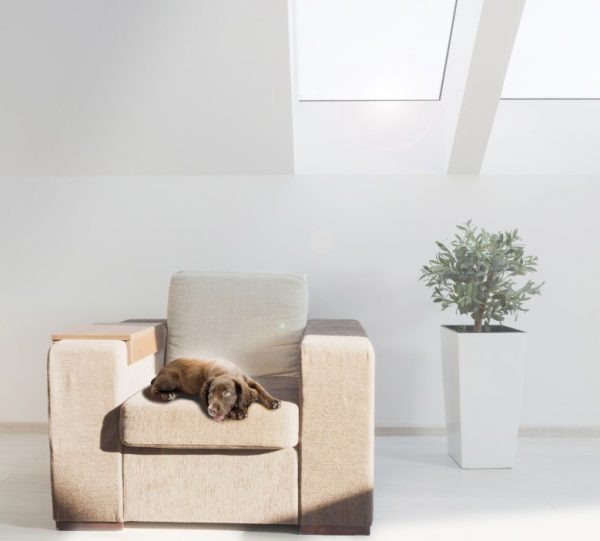
Are Your Pets Getting Enough Natural Light Throughout The Day?
We’ve previously written about the numerous health benefits of natural light for you and your family. From boosting your mood to making you more productive and helping you sleep better, exposure to natural light is associated with plenty of plus points.
But have you ever considered how natural light can also be beneficial to your pets? After all, sunlight is one of the most important influences upon life on our planet. In fact, it’s arguably the most important influence.
The bottom line is any mammal that is active during the day is extremely sensitive to the sun and needs exposure to raw sunlight every day to remain healthy.
It’s a consideration that’s particularly relevant right now, what with the shorter days and gloomy weather we are experiencing here in the UK. That’s because it can be tempting to leave your curtains closed when you set off for work on a cold, dark morning; leaving your beloved pets in an environment that isn’t going to provide them with the natural light they need.
Unfortunately, leaving a light on during the day isn’t enough. Animals need natural light, with its full spectrum of colours and dynamicity (changing intensity and mix of colours depending on the time of day).
Artificial light has a totally different spectrum to natural light and contains a high proportion of blue light. It also remains constant all the time, unlike sunlight.
Ideally, dogs (and any mammal for that matter) need to be exposed to sunlight for a period of time in the morning, mid-day and in the late afternoon so that they experience the full range of intensities and mix of colours.
When sunlight lands on your dog’s skin or its eyes, lots of different metabolic pathways are triggered. For example, sunlight hitting your dog’s retinas and skin directly impacts its circadian rhythm (body clock). That’s because melatonin – a hormone that helps us (and mammals) sleep – is not produced during the day. But when the sun goes down and it’s dark, melatonin levels rise sharply, making us and our pets feel sleepy.
In other words, natural light is the only light that provides mammals with what they need to feel their best.
Did you know that LED bulbs completely lack infrared (IR) and ultraviolet (UV)? Furthermore, LED bulbs have been found to suppress melatonin by up to 80%. For comparison, candlelight suppresses melatonin by just 2%.
So, if you want your dog or cat to consistently get a good night’s sleep and be more active during the daytime, make sure they are getting enough exposure to natural light throughout the day.
Allow more natural light into your home
This blog post on how to maximise daylight without scrimping on design contains some great tips for, well, maximising daylight without scrimping on design. Check it out to discover some ways in which you can allow more natural light to penetrate your home and benefit your pets.
If you’ve got a pitched roof, installing LuxliteTM roof windows is one of the best ways to allow natural light to enter your home. That’s because LuxliteTM rooflights are completely frameless, meaning they bring in up to 49% more natural light into your home than traditional framed designs.
You can even choose to add a remote control to your LuxliteTM for ultimate convenience. If you do, we’ll include a free rain sensor, which will automatically close the rooflight should the weather take a turn for the worst.
If you have a flat roof, you can choose from a range of flat rooflight or roof lantern options.
Are you considering buying a rooflight or roof lantern for your home? If you are, call Roof Maker on 0116 269 6297. Our rooflight experts will help you to choose the right solution for your needs.
